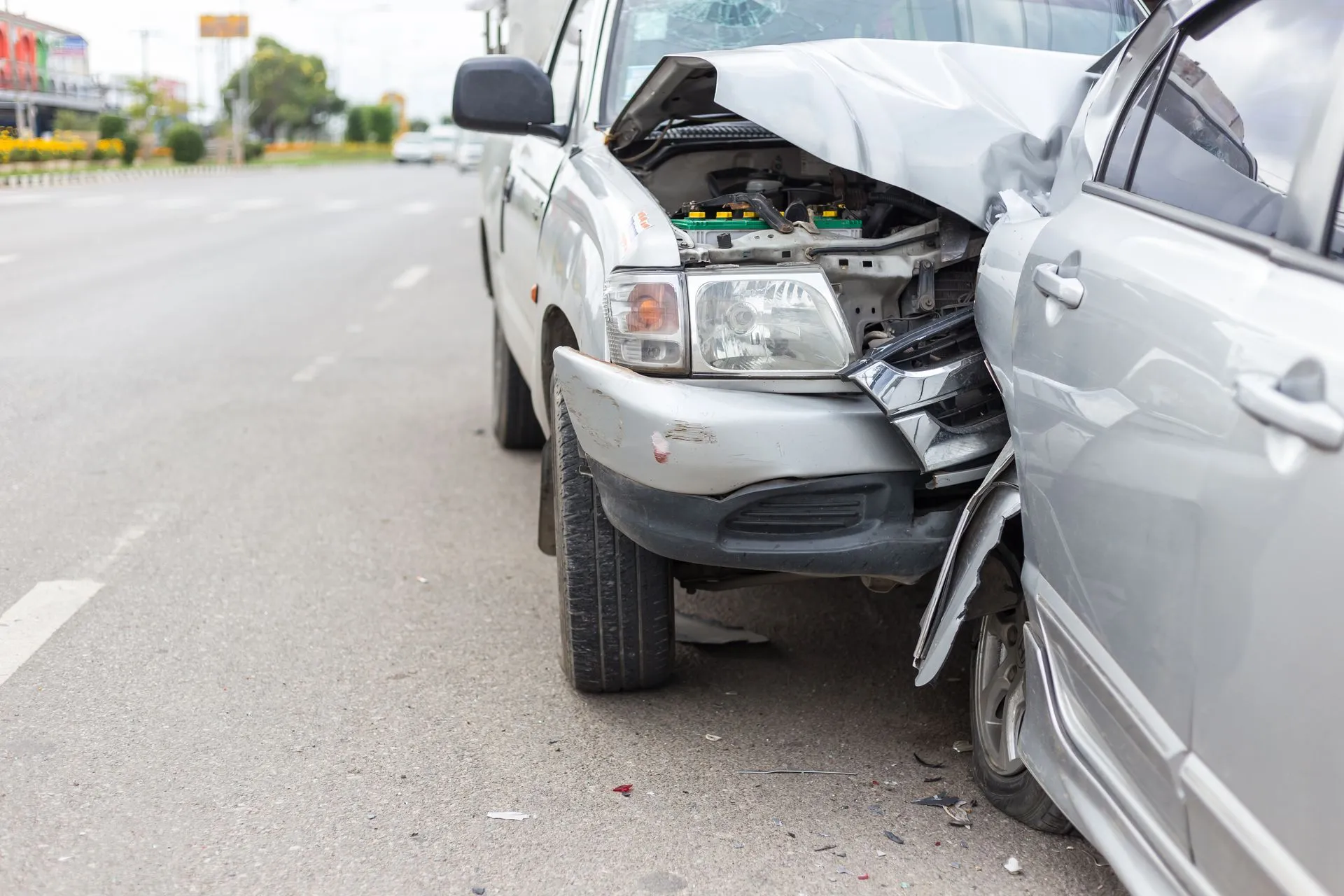
Despite spending a good portion of our lives driving, we can’t deny how easy it can be to get into an accident. If this happens to you, one of the first issues you’ll normally encounter is figuring out the distribution of blame and whose insurance pays for vehicle damage and injuries.
There are some states where blame doesn’t matter in regard to injuries – at least not immediately. For example, if the car crash happened in a no-fault state, each driver is responsible for their own medical costs (up to their PIP limit), rendering it impossible to take legal action unless medical costs, lost wages and pain and suffering exceed their personal policy limits.
The same is not true for property damage costs, in which fault does still matter in no-fault states. The at-fault party’s property damage liability coverage should pay for the other driver’s vehicle repairs or replacement.
Is Ohio a no-fault state? No – it’s an at-fault state (otherwise known as a tort state), meaning that responsibility for injuries can be assigned to a driver and dealt with legally. If you decide to sue the at-fault party for damages related to injuries, you can only do so in an at-fault state or in certain circumstances in no-fault states (like if you suffered a catastrophic injury resulting in a disability, permanent scarring, etc.).
What Does “No-Fault State” Mean?
In a no-fault state, each driver’s personal injury protection (PIP) insurance (or “no-fault” insurance as it’s also called since it’s only a policy in no-fault states) will cover their own injuries, diminished wages and any other injury-related losses suffered from the accident. Regardless of which driver is at fault, you are responsible for your own medical costs, even if you’re left with thousands of dollars in debt, unless certain conditions are met.
However, even in a no-fault state, automotive property damage must be paid with the liable driver’s insurance. The party who is not at fault can also pursue recompense for their pain and suffering damages. Still, drivers in these states will have to cover most of their own medical expenses while not being able to pursue a personal injury lawsuit against the offending driver.
What is an “At-Fault State,” And What Does That Mean for Ohio Drivers?
Thankfully, Ohio is an at-fault state. As the name implies, in an at-fault state, the driver who is found responsible is liable for almost all damages caused by the accident.
In addition to paying their own damages (which may or may not be covered depending on their own insurance policies), they are also required to compensate the other party using their property damage liability and bodily injury liability portions of their insurance policy. If the expense exceeds their policy limit, they may be forced to pay out-of-pocket.
Because one must be assigned fault in an at-fault state, there is often a lengthy insurance investigation and negotiation process to decide who was to blame. As a result, car accident injury insurance claims may take longer to process.
Since Ohio is an at-fault or tort state, if you’re in an accident, you can take legal action to pursue compensation if needed. If the collision wasn’t your fault, you shouldn’t have to shoulder the costs alone. Whether there is trouble deciding who caused the accident or whether the at-fault party’s insurance won’t give you a proper reimbursement, the Buckeye Law Group can help.
Attorneys in the Buckeye Law Group Network Have Won More Than One Billion Dollars in Settlements and Verdicts for Our Clients
Our team of experienced lawyers fight for the fair settlements our clients deserve in all sorts of accidents. Whether the collision was with a bike, car, truck, bus, motorcycle or an Uber or Lyft driver, our lawyers have the knowledge and expertise to support your case. No matter the circumstances, we will work hard to help you get the settlement you deserve.
Learn more about what the Buckeye Law Group can do for you. Call 1-800-411-PAIN or visit our website for a free case consultation.
Suing for a Loved One’s Death After a Trucking Accident
Understanding Wrongful Death Claims Involving Commercial Trucks Losing a loved one in a trucking accident is one of the most devastating events a family can experience. Alongside overwhelming grief, families
Trucking Logs and Black Boxes: What Evidence Can Be Used?
Why Evidence Is Critical in Truck Accident Claims Truck accident cases are far more complex than standard car crashes, largely because of the amount of technical evidence involved. When a
Slip and Fall Accidents: When Property Owners Fail to Keep You Safe
Why Slip and Fall Accidents Are Serious Personal Injury Cases Slip and fall accidents are often dismissed as minor or unavoidable, but the reality is very different. These incidents can
Slips, Trips, and Falls in Stores and Businesses: Your Legal Rights
Why Retail Slip and Fall Accidents Happen Retail stores, restaurants, and commercial properties experience constant foot traffic. When businesses prioritize speed or profits over safety, dangerous conditions can quickly lead
Obstetrical Malpractice and the Risk to Mothers and Babies
Understanding the Hidden Dangers in Modern Maternal Care Why Obstetrical Errors Are Still Happening Today Most expecting parents trust their medical teams completely. They assume that prenatal appointments, labor monitoring,
Can You Sue for Injuries During Pregnancy or Labor?
What Expectant Mothers Should Know About Medical Negligence How Pregnancy and Labor Injuries Typically Occur Pregnancy and childbirth dramatically change a mother’s body, and complications can arise even in low-risk
When Numbness Turns Into a Lifetime Injury
Understanding Nerve Damage Caused by Medical Negligence How a Simple Procedure Can Lead to Permanent Damage A routine medical procedure should never leave a patient with debilitating complications. Unfortunately, many
Nerve Injury After Medical Procedures—What You Should Know
When Numbness Turns Into a Lifetime Injury Why Post-Procedure Nerve Damage Deserves Immediate Attention A nerve injury after a medical procedure is far more than an uncomfortable side effect—it can
Injured as a Passenger on a Motorcycle—What Are Your Rights?
Passengers Have Strong Legal Protections Under Ohio Law Many people believe motorcycle passengers have limited legal options after a crash—but that’s completely false. In Ohio, injured motorcycle passengers almost always
Understanding Liability in Multi-Vehicle Motorcycle Wrecks
Why Multi-Vehicle Motorcycle Crashes Are So Complex When a motorcycle is involved in a crash with multiple vehicles, determining who is responsible becomes significantly more complicated. Unlike two-car collisions—where fault
